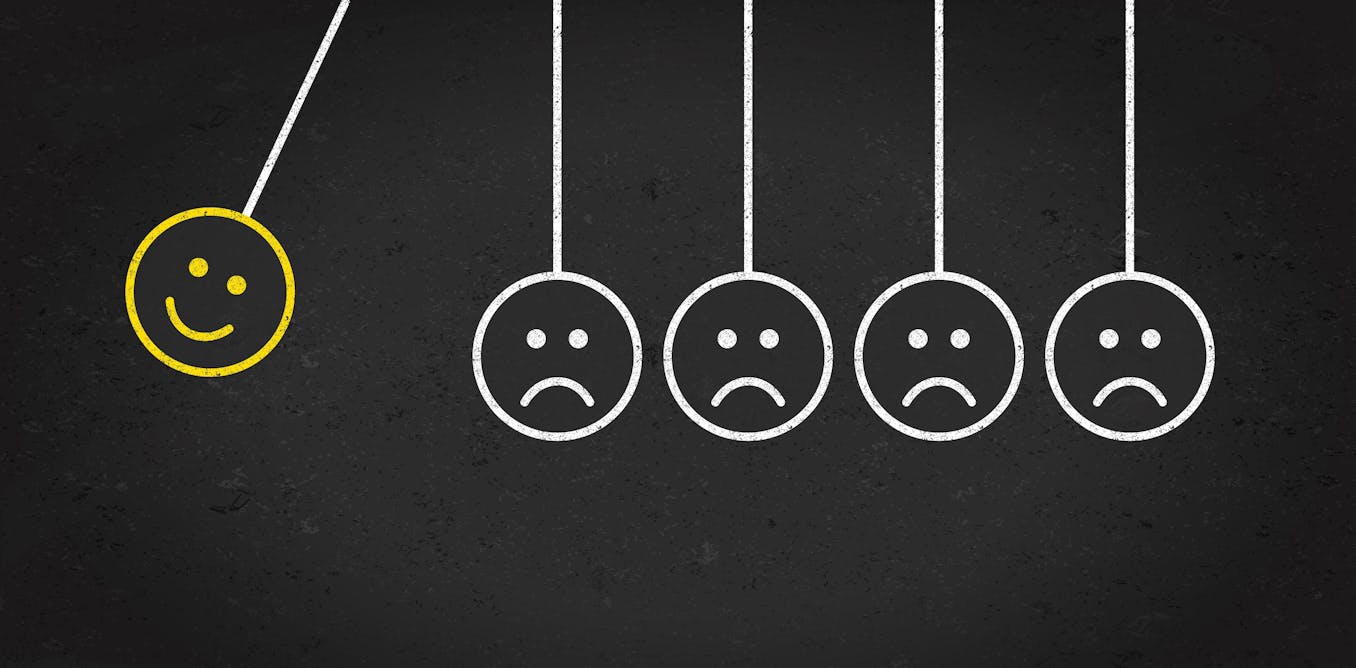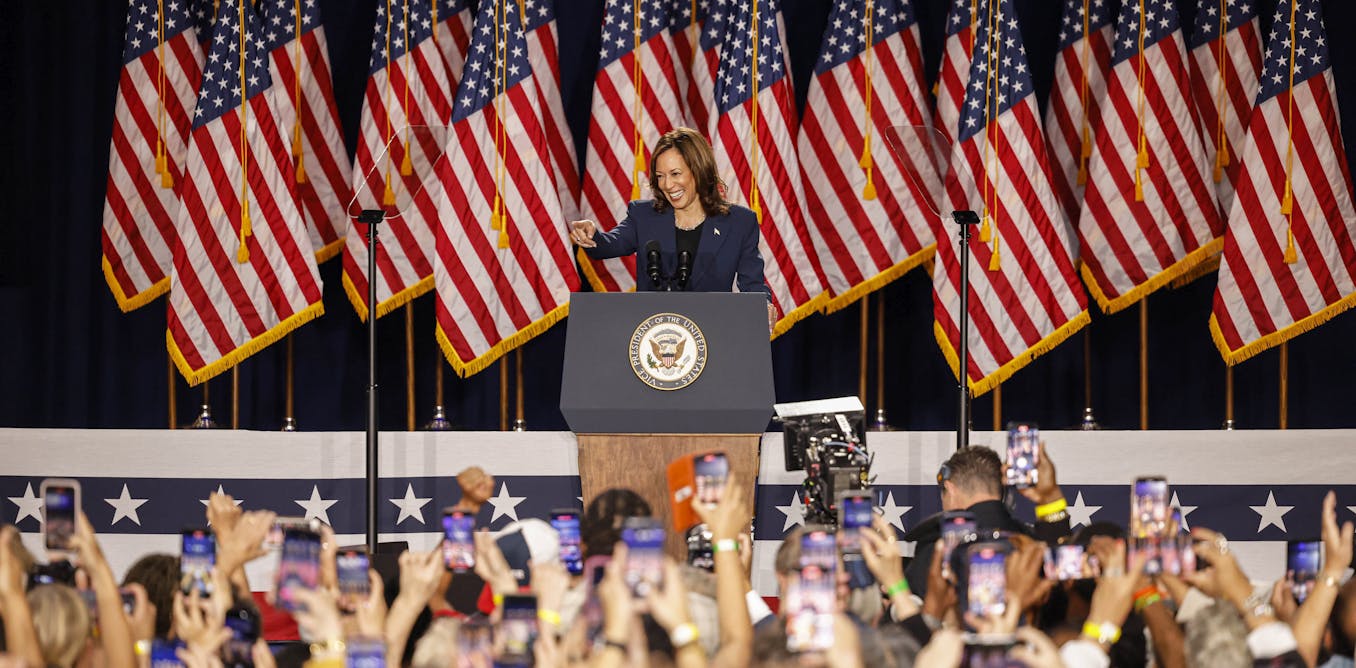It’s not at all clear that disinformation has, to date, swung an election that would otherwise have gone another way. But there is a strong sense that it has had a significant impact, nonetheless.
With AI now being used to create highly believable fake videos and to spread disinformation more efficiently, we are right to be concerned that fake news could change the course of an election in the not-too-distant future.
To assess the threat, and to respond appropriately, we need a better sense of how damaging the problem could be. In physical or biological sciences, we would test a hypothesis of this nature by repeating an experiment many times.
But this is much harder in social sciences because it’s often not possible to repeat experiments. If you want to know the impact of a certain strategy on, say, an upcoming election, you cannot re-run the election a million times to compare what happens when the strategy is implemented and when it is not implemented.
You could call this a one-history problem: there is only one history to follow. You cannot unwind the clock to study the effects of counterfactual scenarios.
To overcome this difficulty, a generative model becomes handy because it can create many histories. A generative model is a mathematical model for the root cause of an observed event, along with a guiding principle that tells you in which way the cause (input) turns into an observed event (output).
By modelling the cause and applying the principle, it can generate many histories, and hence statistics needed to study different scenarios. This, in turn, can be used to assess the effects of disinformation in elections.
In the case of an election campaign, the primary cause is the information accessible to voters (input), which is transformed into movements of opinion polls showing changes of voter intention (observed output). The guiding principle concerns how people process information, which is to minimise uncertainties.
So, by modelling how voters get information, we can simulate subsequent developments on a computer. In other words, we can create a “possible history” of how opinion polls change from now to the election day on a computer. From one history alone we learn virtually nothing, but now we can run the simulation (the virtual election) a million times.
A generative model does not predict any future event, because of the noisy nature of information. But it does provide the statistics of different events, which is what we need.
Modelling disinformation
I first came up with the idea of using a generative model to study the impact of disinformation about a decade ago, without any anticipation that the concept would, sadly, become so relevant to the safety of democratic processes. My initial models were designed to study the impact of disinformation in financial markets, but as fake news started to become more of a problem, my colleague and I extended the model to study its impact on elections.
Generative models can tell us the probability of a given candidate winning a future election, subject to today’s data and the specification of how information on issues relevant to the election is communicated to voters. This can be used to analyse how the winning probability will be affected if candidates or political parties change their policy positions or communication strategies.
We can include disinformation in the model to study how that will alter the outcome statistics. Here, disinformation is defined as a hidden component of information that generates a bias.
By including disinformation into the model and running a simulation, the result tells us very little about how it changed opinion polls. But running the simulation many times, we can use the statistics to determine the percentage change in the likelihood of a candidate winning a future election if disinformation of a given magnitude and frequency is present. In other words, we can now measure the impact of fake news using computer simulations.
I should emphasise that measuring the impact of fake news is different from making predictions about election outcomes. These models are not designed to make predictions. Rather, they provide the statistics that are sufficient to estimate the impact of disinformation.
Does disinformation have an impact?
One model for disinformation that we considered is a type that is released at some random moment, grows in strength for a short period but then it is damped down (for example owing to fact checking). We found that a single release of such disinformation, well ahead of election day, will have little impact on the election outcome.
However, if the release of such disinformation is repeated persistently, then it will have an impact. Disinformation that is biased towards a given candidate will shift the poll slightly in favour of that candidate each time it is released. Of all the election simulations for which that candidate has lost, we can identify how many of them have the result turned around, based on a given frequency and magnitude of disinformation.
Fake news in favour of a candidate, except in rare circumstances, will not guarantee a victory for that candidate. Its impacts can, however, be measured in terms of probabilities and statistics. How much has fake news changed the winning probability? What is the likelihood of flipping an election outcome? And so on.
One result that came as a surprise is that even if electorates are unaware whether a given piece of information is true or false, if they know the frequency and bias of disinformation, then this suffices to eliminate most of the impact of disinformation. The mere knowledge of the possibility of fake news is already a powerful antidote to its effects.
Shutterstock/eamesBot
Generative models by themselves do not provide counter measures to disinformation. They merely give us an idea of the magnitude of impacts. Fact checking can help but it is not hugely effective (the genie is already out of the bottle). But what if the two are combined?
Because the impact of disinformation can be largely averted by informing people that it is happening, it would be useful if fact checkers offered information on the statistics of disinformation that they have identified – for example, “X% of negative claims against candidate A were false”. An electorate equipped with this information will be less affected by disinformation.
The post “Generative AI model shows fake news has a greater influence on elections when released at a steady pace without interruption” by Dorje C. Brody, Professor of Mathematics, University of Surrey was published on 04/16/2024 by theconversation.com

The post “Effects of consistently releasing fake news on elections revealed by Generative AI model – GretAi News” by GretAi was published on 04/16/2024 by news.gretai.com





































